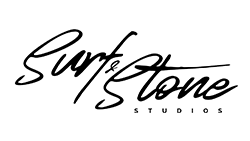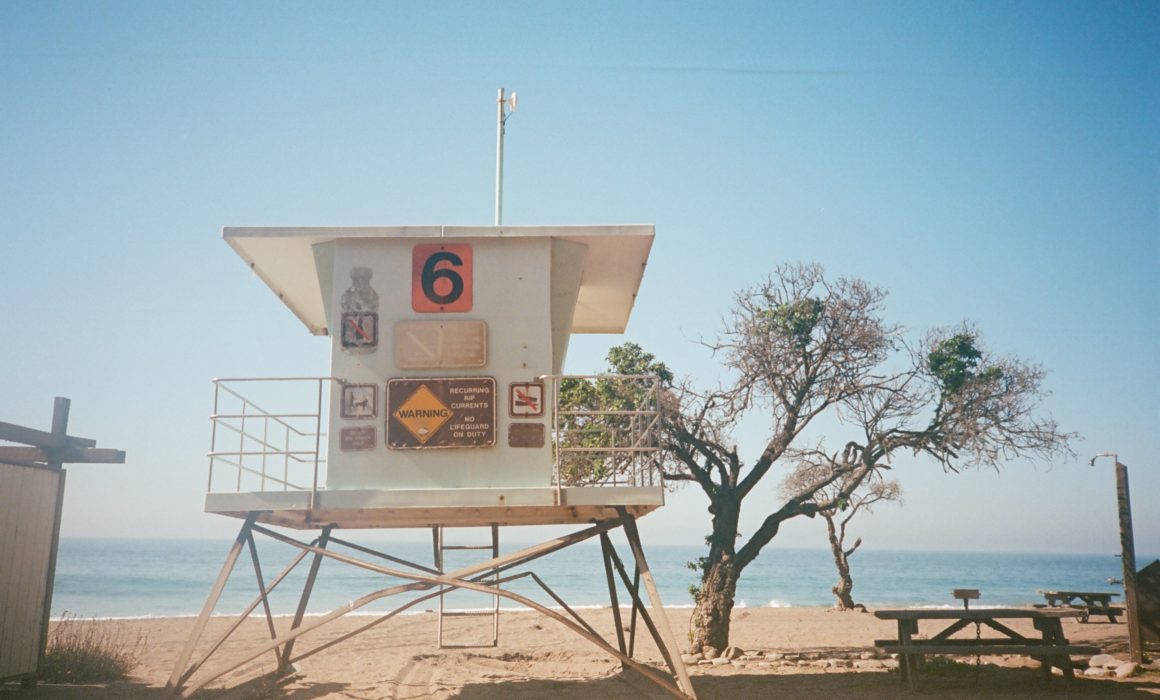Field Notes 002: Los Angeles
Our videographers get to some of the most interesting places to capture stories. In the fall, we had the opportunity to send a videographer from our Victoria office down to Los Angeles to capture an interview and explore the stunning landscapes outside of the city.
This project went through last-minute changes, tight timelines, lots of travel, and a healthy dose of fatigue. It’s a perfect example of why we like to plan as much as we can in advance. Our process relies heavily on pre-production and this allows us to execute under pressure and handle last-minute changes without sacrificing quality.
We acknowledge that we live, work and create on the traditional territory of the Songhees, Esquimalt, and W̱SÁNEĆ nations.
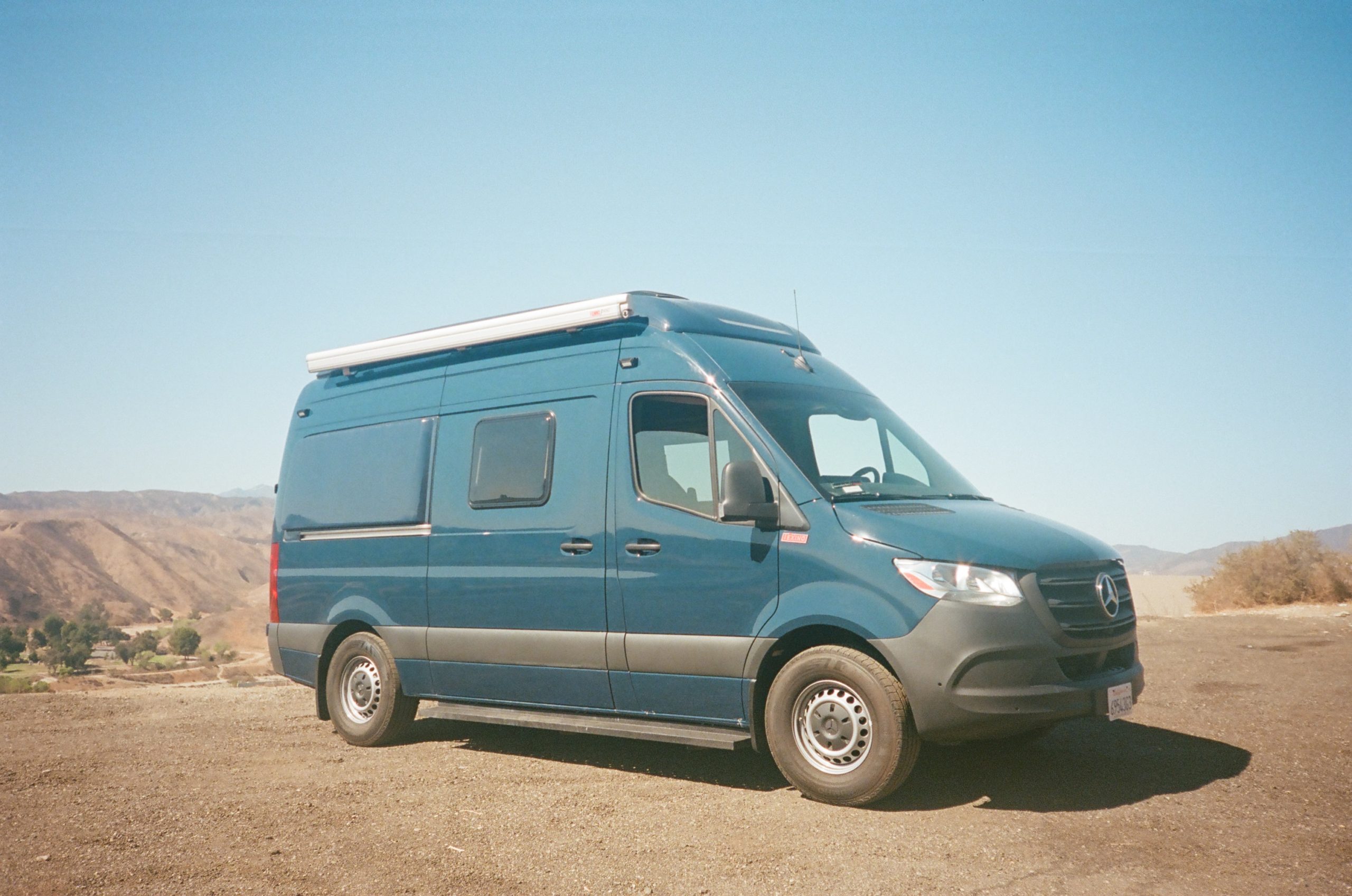
Day 1: Last Minute Changes

Arriving in Los Angeles, we had initially set a day aside to explore to pick up our rental equipment and pick up some props while finishing off some other meetings for other projects. After getting settled into the hotel, we ran into a scheduling conflict that meant our interview had to be moved up a day.
This meant that we had to pick up our audio and lighting equipment from L.A.Camera Rentals and go immediately to the location so that we could conduct the interview before the end of the day.
Although this caused a little stress, we were able to travel across L.A. twice and arrive just in time to get the footage we needed (albeit on a tighter timeline than anticipated). Luckily, we had extensive questions already planned so we were able to get the sound bites we needed on a compressed schedule.
Unfortunately, we did have some meetings planned for this day so we had to shuffle these around, condensing our schedule for Day 2.
Day 2: The Shoot Day

This was the initial day that we had set aside for filming and returned to the location to capture some additional footage. This day was now a reduced day, but because some meetings from Day 1 had been rescheduled, our timeline was still fairly tight.
This is where having a set of pre-planned shots is useful. When we create our shotlist, we plan out all of the essential pieces that we need for a successful project. In the end, we can always shoot more and if we have better footage than we planned, that’s great! We like to think of our shotlist as the minimum that we need for the project to be a success. This is especially useful when we’re on a tight timeline and don’t have as much time to play around and try different types of shots.
We were able to get everything we needed and then some before leaving the warehouse. We’re especially grateful for the ride that we were lent by Texino (and coordinated by Acuva) since it was essential to the project and allowed us to capture a lot of footage that would have been inaccessible.
Day 3 & 4: Exploring California

When you’re given the opportunity to make a video exploring California, you want to make the most of it. That’s why we planned 5 different locations into 48 hours with the camper van.
We were able to get footage of the vehicle at Zuma Beach, Point Mugu, Wheeler Creek, and Castaic Lake.
By this point, fatigue was another factor that was starting to set in. Day 3 was another long day, but luckily it’s way easier to follow a plan than it is to make one. A few fun locations did come up unexpectedly but time was too essential to drive around aimlessly searching for a location. Having locations pre-scouted (thanks Google) and planned meant that all we had to do was follow the directions and set up at each location!
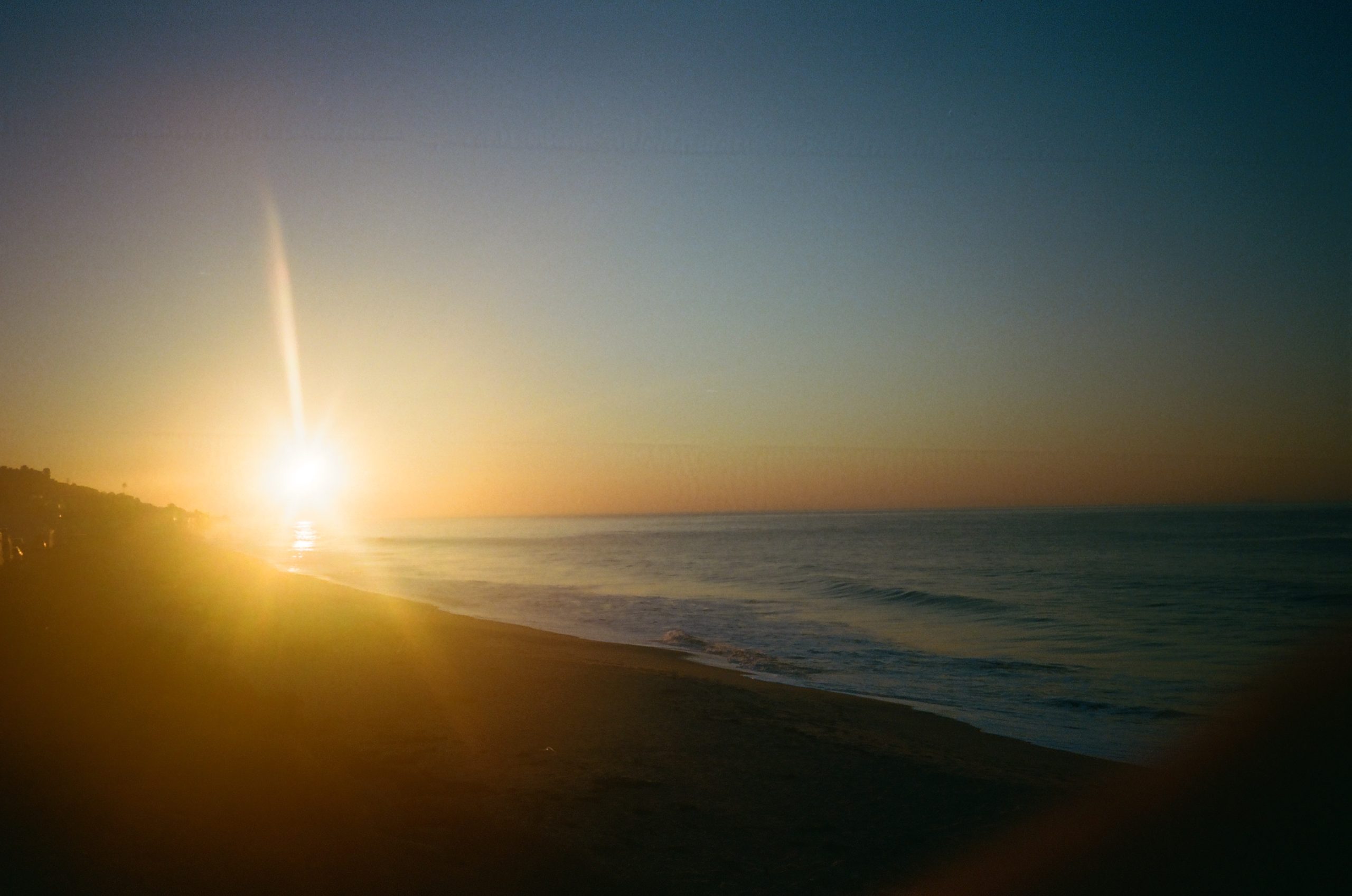
Saved By Pre-Production

At the end of the day, this trip was a perfect example of why we like to frontload our production process as much as possible. If we didn’t have a schedule, script, questions, and shot list prepared ahead of time, it would have been extremely difficult to handle the schedule changes that we hadn’t anticipated.
Although we like to maintain flexibility on our shoots in case a different storyline or shot reveals itself, having strong pre-production plans to fall back on is a lifesaver. If we had waited until the last minute to plan our shots, questions, or locations, the whole project would have fallen apart when confronted with any changes. When our plans changed, we were able to accommodate our clients and interview subjects without having to sacrifice the end result.
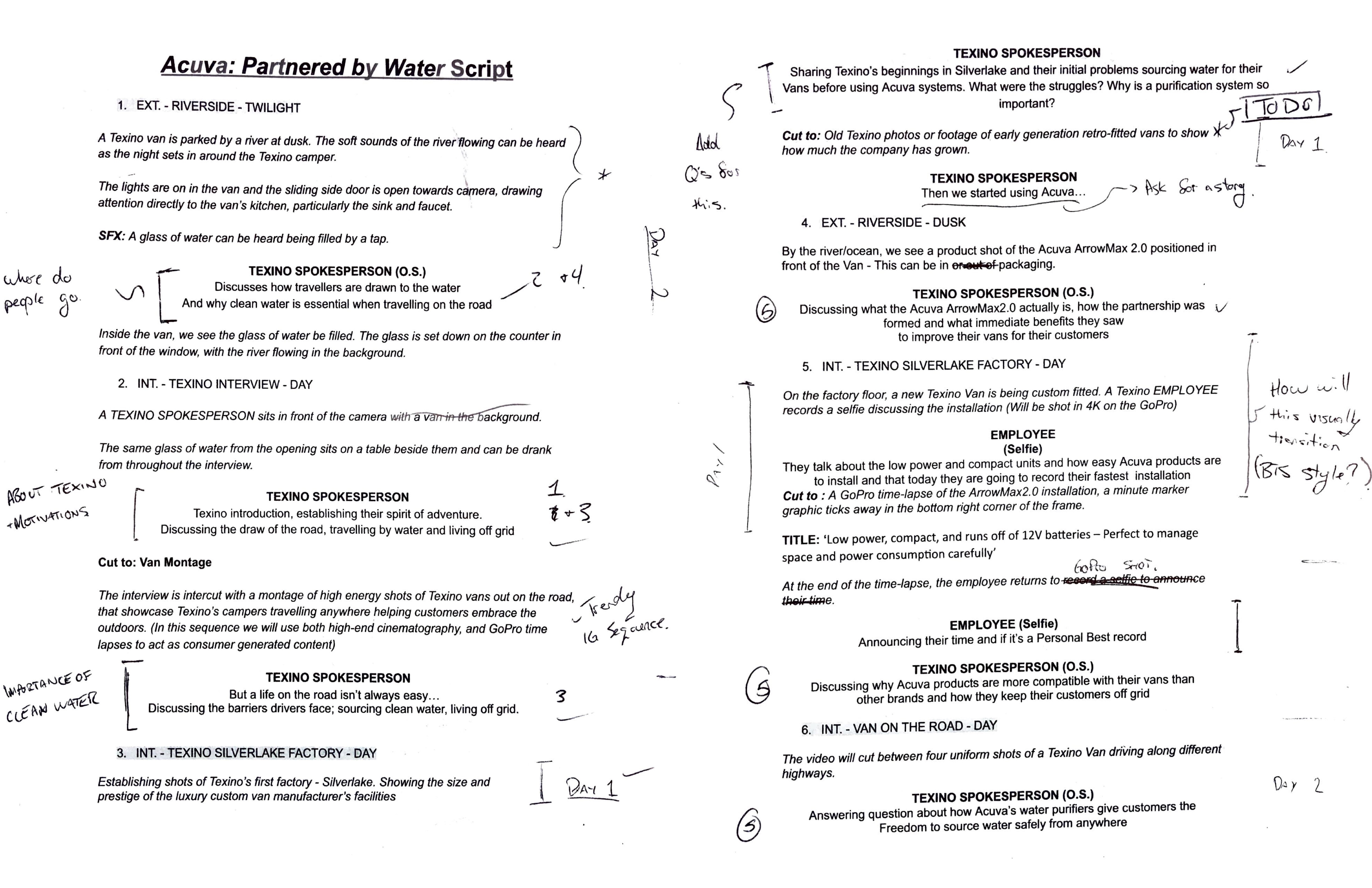
Traveling as a Creative
Please do not take any of this as legal advice. This is just a summary of our experience. If you are traveling for business we recommend doing your own research and contacting an immigration lawyer or nearest consulate for personalized guidance based on your field and destination.
As Canadians, we’re used to traveling to the U.S. without a visa for recreational purposes but when researching information about traveling for work purposes it became clear that additional documentation may be needed.
We contacted the U.S. consulate, scoured their website, and consulted with a number of creatives in Victoria to determine what was the most appropriate means to enter the U.S. for us. It can be difficult to get a straight, personalized answer without scheduling an appointment with the U.S. consulate and unfortunately, they’re often booked for months in advance.
From our understanding and based on the conversations we had at the border, we were able to send a videographer to the U.S. for work without a visa because we received all of our funds from a Canadian client. That being said, if you are traveling to the U.S. for work in a creative field, we still recommend scheduling an appointment with an immigration lawyer or the U.S. consulate and researching visas (the O1 Visa was one that had been brought to our attention).
